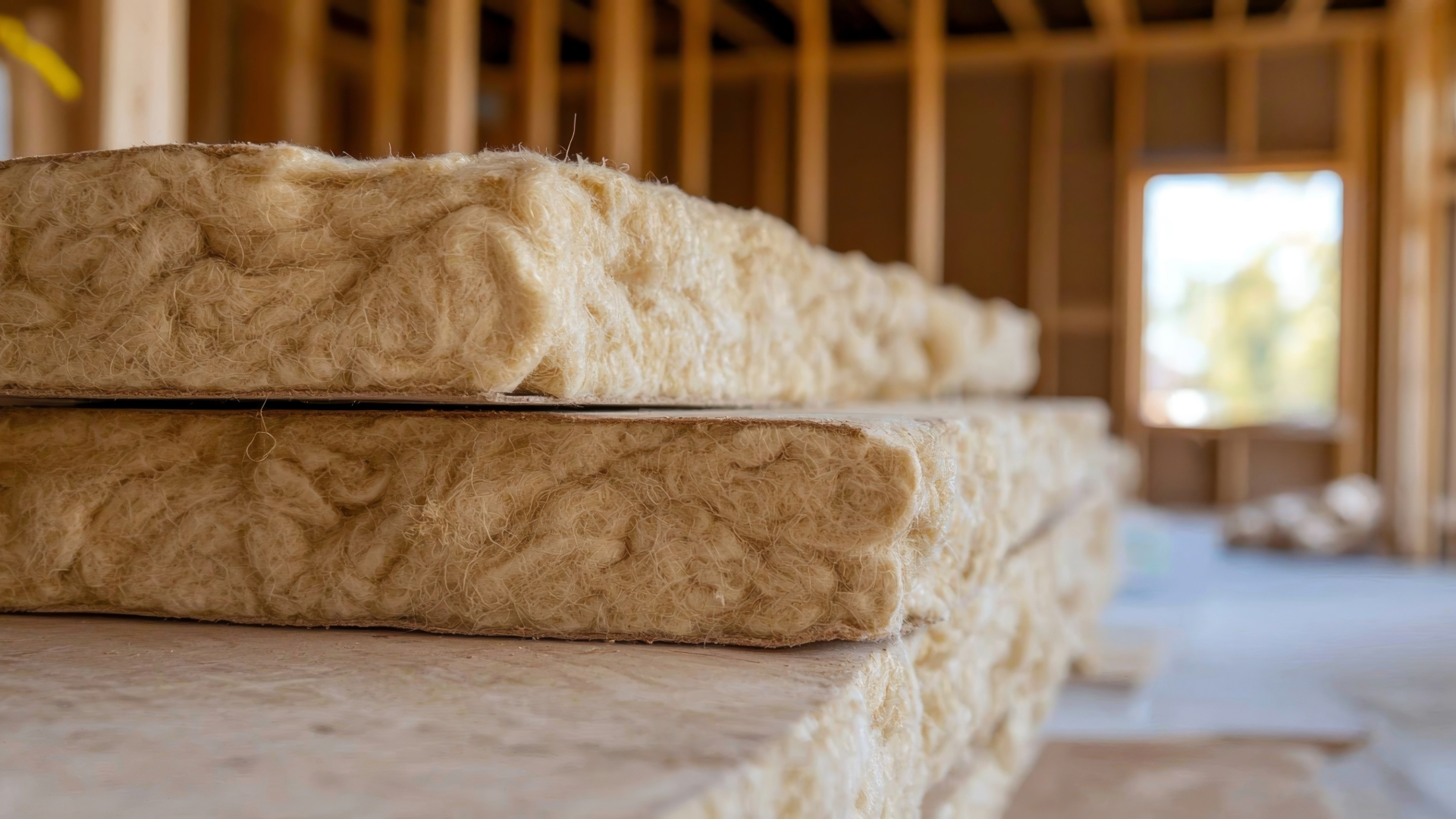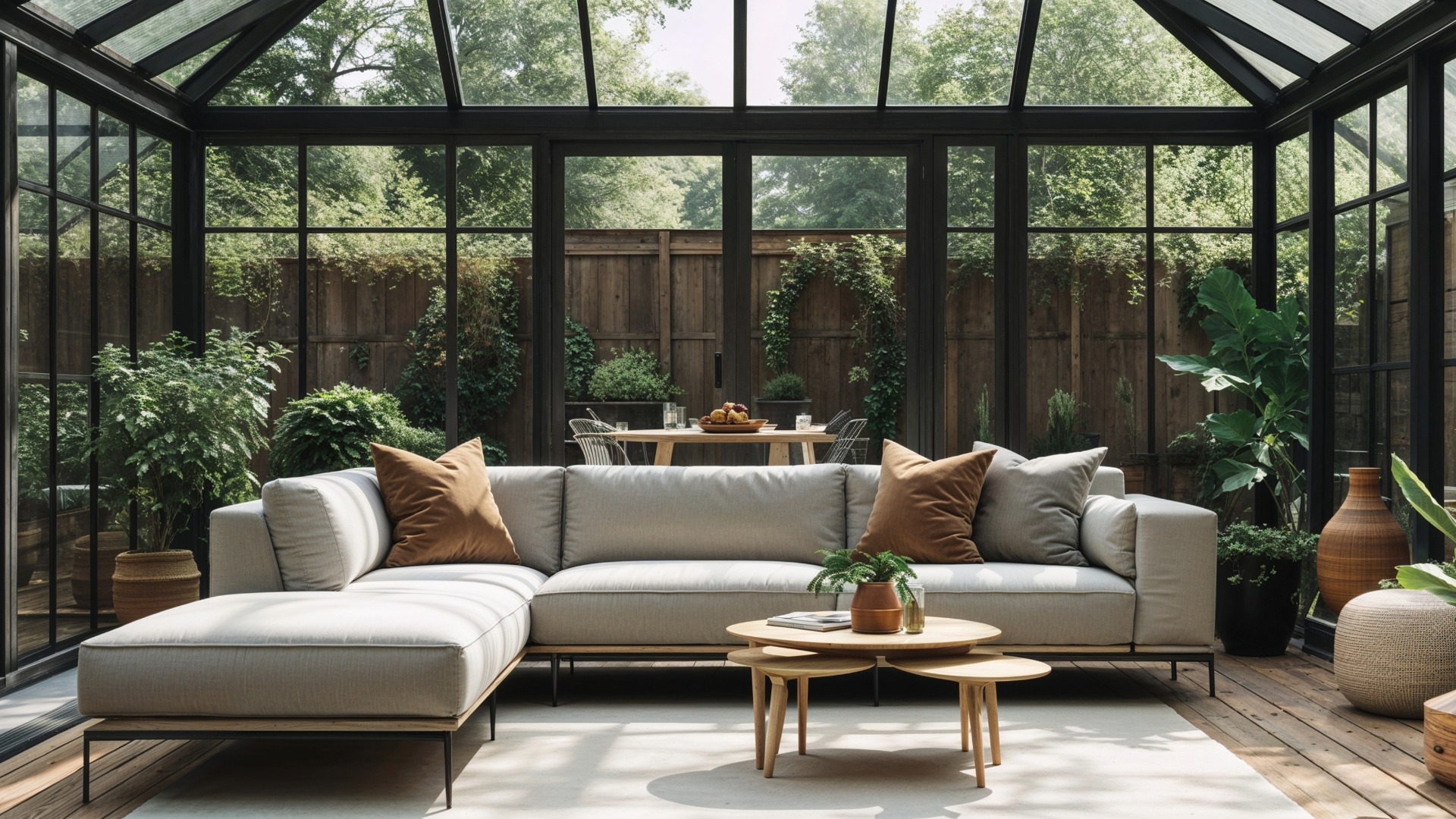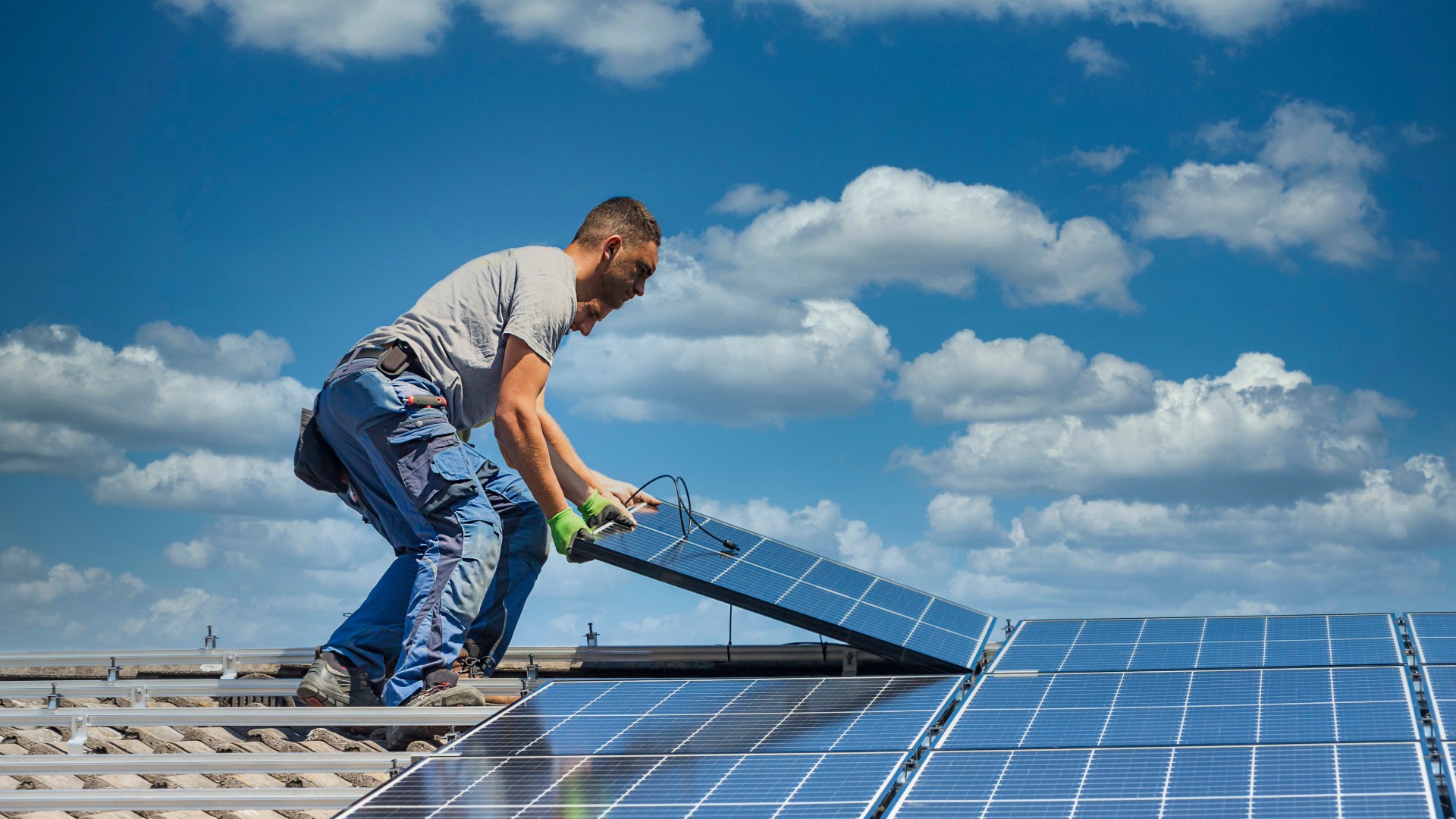
If you’re thinking about sprucing up your home in 2025, you’re not alone. Many homeowners are looking beyond just a fresh coat of paint, they want upgrades that feel modern, help save on bills, and future-proof their homes. In this blog, we'll walk you through ideas and trends we’re excited about this year, and how you can bring them into your own space.
Why 2025 is a smart year to renovate
Our homes in the UK are getting older, many were built decades ago and need updates. In fact, more than half of UK homeowners renovated in 2024. The median spend was around £21,440, up 26 % year on year according to Houzz. And with energy prices, sustainability, and comfort weighing more heavily on our minds, smart upgrades are becoming more appealing than ever.
1. Energy efficiency & heating upgrades

One of the biggest returns you’ll get is from making your home more energy efficient.
- Insulation: loft, cavity wall, solid wall or floor insulation can make a big difference in how warm your home feels.
- Heat pumps / modern heating: with recent changes to planning rules, installing heat pumps is getting easier in many areas of the UK.
- Government support: The Great British Insulation Scheme (running until March 2026) helps eligible homes install insulation to cut bills and carbon emissions.
Even making one upgrade (say, better loft insulation) can reduce energy loss and lower heating bills over time.
2. Smart home integration

“Smart” used to feel extravagant; now it’s becoming expected.
- Smart thermostats, smart lighting, sensors: these let you control heating, lighting, and monitoring via apps or voice.
- Energy savings + convenience: for example, a smart thermostat can learn your habits and reduce heating when you’re out, saving energy.
- Scalable: start small (one smart light or plug) and expand as you’re comfortable.
The future of home is more connected and it can help with peace of mind too (security, alerts, etc.).
3. Biophilic & natural design

We’re seeing a big move toward bringing nature into our homes.
- Plants & greenery: living walls, indoor plants, or even potted trees can instantly lift a room.
- Natural textures & materials: think wood, stone, linen, jute, exposed brick.
- Tile drenching: this trend involves covering walls and floors in the same tile design to create a cohesive, immersive space.
- Natural light: maximise windows, open up spaces, use reflective/light colours to boost daylight.
This kind of design helps spaces feel calm, grounded and inviting.
4. Flexible, multi-use spaces

Since many people still split time between home / office / leisure, our rooms need to adapt.
- Convertible rooms: a guest room that becomes a home office, or a corner that switches between dining and crafting.
- Built-in storage: clever cabinetry, under-seat drawers, hidden compartments all help.
- Zoning: use rugs, lighting, low screens or bookcases to define areas without full walls.
The idea is: one room can do many things without feeling cluttered or chaotic.
5. Eco materials & sustainability

As awareness grows, more people want materials that are kinder to people and the planet.
- Low-VOC paints, non-toxic finishes
- Recycled or reclaimed wood, stone, brick
- Sustainable flooring: cork, bamboo, recycled vinyl
- Thermal glazing, better windows
These choices may cost a bit more up front, but they often last longer, age better, and feel more satisfying to live with.
6. Kitchen & bathroom refreshes over full rebuilds

Full gut-renovations are costly and disruptive. That’s why many people are opting for partial upgrades or “refreshes”.
- Refacing cabinets (new doors/handles)
- Replacing surfaces / backsplashes / taps / lighting
- Tile or shower upgrades: bathrooms are among the most-searched renovation topics in the UK according to Hillarys
This lets you get a fresh, modern feel without the full hassle or cost.
7. Renewable energy & rooftop solar

Going beyond energy efficiency, some homeowners are turning to renewables.
- Solar PV panels + battery storage: more homes are exploring solar. In 2024, solar contributed around 5 % of the UK's electricity mix at certain times according to Energy Gain.
- Payback & planning: with rising energy costs, solar payback periods are shortening (though it depends a lot on your location, roof orientation, local incentives).
- Mix with efficiency: solar works best when your home is already well-insulated and efficient.
It’s not for every home (shading, roof shape, local rules matter) but it’s worth exploring.
Putting it all together: budgeting & planning tips
Here are some pointers to help you get started without overwhelm:
- Start with “low-hanging fruit”: insulation, sealing drafts, smart thermostat, these often give big returns for modest cost.
- Phase your work: you don’t have to do everything at once. Do what you can now, plan for the rest later.
- DIY vs trade: some upgrades (painting, minor smart installs) are DIY-friendly. For insulation, electrics, plumbing, it’s safer to use qualified pros.
- Get quotes & check credentials: especially for energy or structural work, always check that installers are certified.
- Think long term: materials, durability, maintenance, choose what will age well, not just what’s trendy now.
Final thoughts
Home improvement in 2025 isn’t just about pretty interiors, it’s about making your home smarter, greener and more adaptable. Even if you only pick one small upgrade this year, you’ll be making progress. Your home, your choice.






